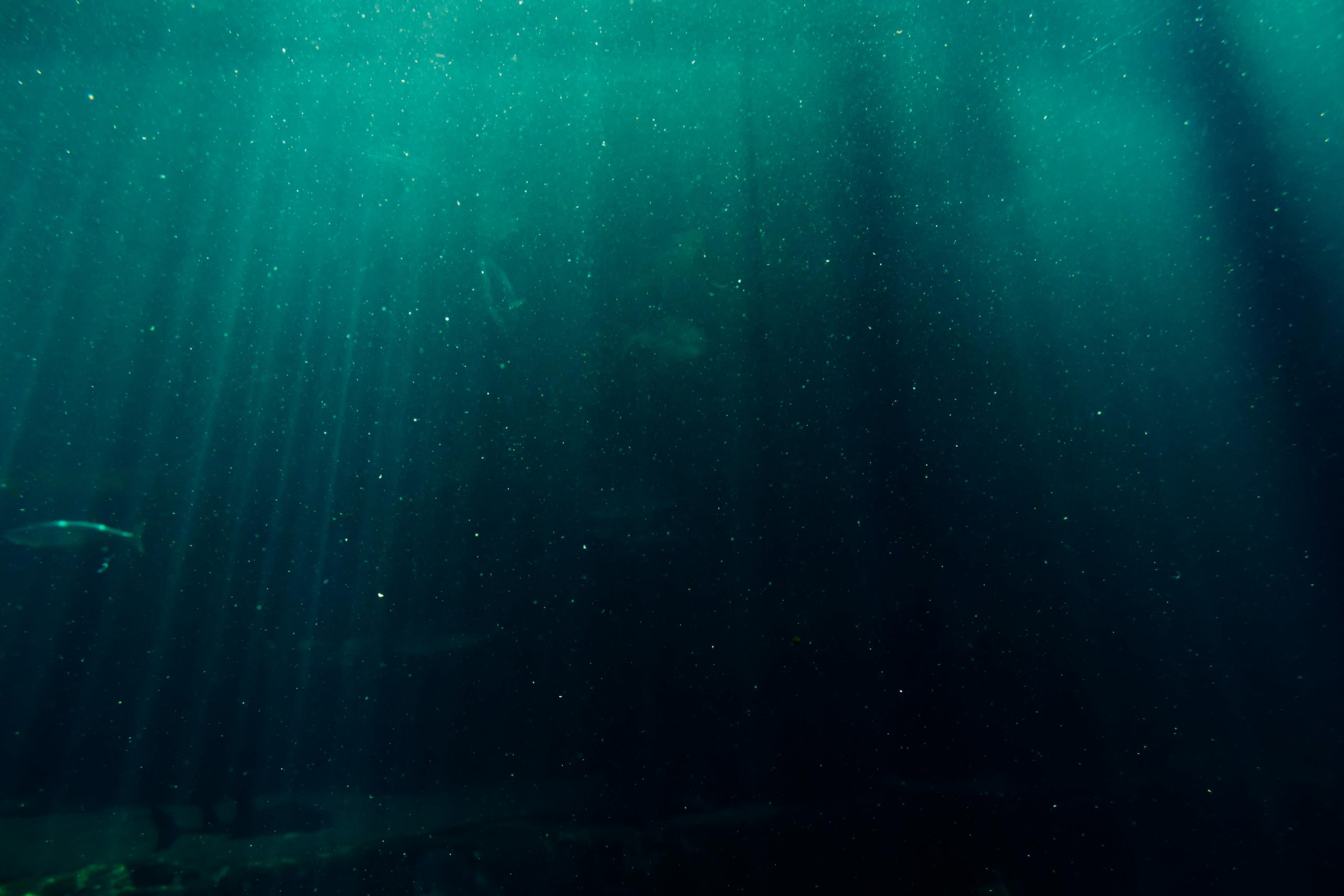The ocean’s depths remain one of Earth’s last great frontiers, a realm of perpetual darkness, crushing pressure, and enigmatic life forms. Far beneath the waves, where sunlight cannot penetrate, lies an alien world teeming with creatures that defy imagination. From bioluminescent predators to ancient, deep-sea giants, the abyss holds secrets that continue to astonish scientists and explorers. Join us as we dive into the mysteries of these extraordinary beings and uncover the hidden wonders of the deep.
The Abyss: A World of Darkness and Pressure
The deep ocean, defined as depths below 200 meters, is a hostile environment where few creatures can survive. Temperatures hover near freezing, and pressures can exceed 1,000 atmospheres—enough to crush most submarines. Yet, life thrives here, adapted in ways that seem almost supernatural. These organisms have evolved unique traits to navigate the eternal night, from transparent bodies to glowing appendages.
One of the most fascinating adaptations is bioluminescence, a chemical reaction that allows creatures to produce their own light. Over 90% of deep-sea species use this ability to attract prey, communicate, or evade predators. The anglerfish, for example, dangles a glowing lure to entice unsuspecting victims, while the vampire squid releases a cloud of bioluminescent mucus to confuse attackers.
Monsters of the Deep: Legendary and Real
For centuries, sailors told tales of monstrous sea creatures lurking in the abyss. While some stories were exaggerated, many were rooted in reality. The giant squid, once dismissed as myth, is now known to grow up to 43 feet long, with eyes the size of dinner plates. Even more elusive is the colossal squid, a heavier, more formidable relative with hooks on its tentacles.
Other deep-sea giants include:
- The oarfish: A serpent-like fish that can reach 36 feet, often mistaken for a sea serpent.
- The Greenland shark: A slow-moving predator that can live for over 400 years, making it the longest-living vertebrate.
- The deep-sea dragonfish: A fearsome hunter with needle-like teeth and a bioluminescent barbel to attract prey.
These creatures remind us that the ocean’s depths still hold many undiscovered species, some of which may rival the most fantastical legends.
Bizarre Adaptations: Survival in Extreme Conditions
Life in the abyss requires extraordinary adaptations. Many deep-sea creatures have evolved to withstand the crushing pressure, lack of food, and perpetual darkness. Some of the most bizarre adaptations include:
Transparency and Gigantism
Many deep-sea animals, like the glass squid, have transparent bodies to avoid detection. Others exhibit abyssal gigantism, growing much larger than their shallow-water relatives. The Japanese spider crab, for instance, has legs spanning up to 12 feet, a possible adaptation to conserve energy in the food-scarce depths.
Living in Slow Motion
With limited resources, deep-sea creatures often move and metabolize slowly. The Greenland shark, for example, swims at just 0.76 mph, conserving energy for its long lifespan. Similarly, the deep-sea octopus Graneledone boreopacifica guards its eggs for over four years—the longest known brooding period of any animal.
The Deep Sea’s Role in Earth’s Ecosystem
Though remote, the deep ocean plays a critical role in maintaining Earth’s balance. Hydrothermal vents, for instance, support unique ecosystems powered by chemosynthesis rather than sunlight. These vents spew mineral-rich fluids, fostering communities of tube worms, giant clams, and heat-resistant bacteria.
Additionally, deep-sea creatures contribute to the carbon cycle. When organisms like plankton die, their remains sink to the abyss, sequestering carbon for millennia. Without this process, atmospheric CO2 levels would be significantly higher, exacerbating climate change.
Conclusion: The Ocean’s Last Great Mystery
The deepest oceans remain a realm of wonder and mystery, home to creatures that challenge our understanding of life. From bioluminescent hunters to ancient giants, these organisms reveal the incredible adaptability of nature. Yet, despite advances in technology, over 80% of the ocean remains unexplored. Each expedition brings new discoveries, reminding us how much we still have to learn about our planet’s final frontier. As we continue to unveil the secrets of the abyss, one thing is certain: the deep sea will always hold surprises beyond our wildest imagination.
